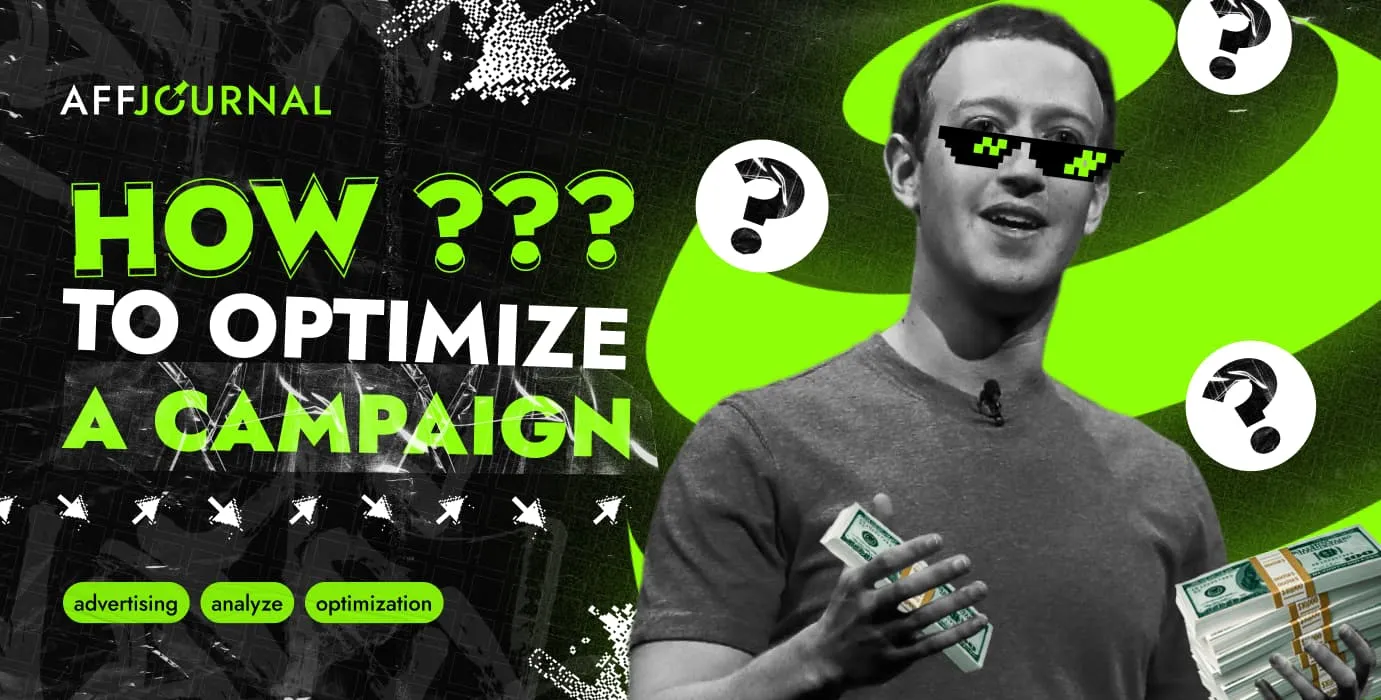

by Editor
In the pursuit of ways to increase the effectiveness of the ad campaign, we often forget that head-to-head sales have never brought good ROI. To get a person interested in a product, you need to compose the advertising message correctly, avoid clichés and hackneyed in creatives. Ads that try to sell directly are perceived as annoying and cause banner blindness. Today we'll talk about how to make campaigns more native so that a potential client viewed such advertising as useful content worth reading.
Don’t put pressure on the client: he must make the choice himself
What is needed for effective advertising? That's right - proper creativity. It should not consist of vague template phrases that don’t say anything, unless immediately supported with facts. For example, "high-quality product", "eco-friendly product" are clichés that users have long since stopped believing.
How to improve advertising and motivate the client to opt in favor of a purchase:
- Statistics and facts. For example, if a user learns the consequences of not starting to treat his joints, he may consider ordering.
- Product composition. It’s useful to indicate how a specific product and its ingredients affect health. Example: "Chamomile extract has antibacterial and antifungal effects, gives a sensation of freshness and a pleasant smell to the skin of the feet".
- Certificates, licenses, other documents. They can and should be placed if available and provided that the advertiser doesn’t prohibit it and they don’t contain any confidential information. Many customers, especially in Tier-1 countries, pay attention to strong evidence of product quality, such as documents.
- Simple explanation. Instead of using complex scientific terms or incomprehensible acronyms, it’s better to state in more understandable human language why the offer is safe and reliable. For example, a drug has passed medical tests and a certain number of patients have tried it.
- Questions in the title that denote an issue or cause interest. The question formulated with the word "How ...?" arouses curiosity, prompts a person to read the text to the end in order to find information there.
Example: “How to permanently get rid of wrinkles?”. To draw attention, use the address “you”.

Use natural photos and videos
When improving the effectiveness of an advertising campaign, the visual part plays an important role. It should be as natural and accurate as possible – thanks to this the users have more confidence in the offer and advertising. Preferably images of living people, faces, emotions: impersonal clipart graphics can make the user skip the ad.
Bad example:

Models and characters should be as similar as possible to representatives of the target audience. For example, to launch traffic to Asia, it is better to use photos of people living in those countries, rather than black people living in Africa.
When selecting pictures from photo stocks, you need to be extremely careful with the choice. People with forced staged smiles in beautiful costumes won’t do.
Staged photos should be avoided, where a person is shot against a background of a uniform color - it doesn’t look native. Better to have the most natural background - home environment, street, gym, and so on.
Bad example:

For video, it’d be better to shoot a demo of the offer in a natural environment. For example, not a glossy model, but an ordinary girl "of the people" films how she loses weight with the help of a drug, and takes a selfie in the mirror. This positively influences trust. Example of native advertising:

Use figures and numbers
The next campaign optimization step to increase its nativeness can be highlighted as follows: figures and numbers activate the left hemisphere of the brain, urge a person to apply logic, show specifics and credibility. Numbers are also eye-catching, so they can be used wherever appropriate.
Example: “Top 5 effective remedies for relieving joint pain”, “More than 60% of people are at risk of dying from hypertension”, “How to lose 15 kg in 30 days”.

Marketers recommend that statistics and facts be presented with unrounded figures: 57.4% instead of 50%, 14,578 patients instead of 15,000. When a user sees even “beautiful” numbers with zeros, he may begin to doubt whether such nice stats are true.
All figures and numbers must be indicated with maximum certainty. It’s unacceptable to cheat and manipulate numbers just to get the user to click. If the advertiser indicates a 20% discount on the landing page, there is no need to write in the creative that the discount is 90%. Differences in price will definitely not inspire confidence. Price discrepancies certainly won’t gain trust.
If numbers are indicated in storytelling, it’s crucial to check them for errors. Example: at the beginning of the landing page, the user reads that the heroine lost 5 kg, in the middle - that she lost 20 kg, and at the end of the landing page - it’s 12 kg. The user will not be able to figure out and believe whether the offer is effective.
It is important to maintain the logic in creatives indicating a realistic result. Improving eyesight in 30 days is more realistic than getting rid of myopia in 2 days; losing 5 kg in a week is more feasible than losing 20 kg in 1 day.
Speak the same language with the audience
An extremely important step in ad campaign optimization is to carefully study all the audience segments that the ad will be targeted at. It’s necessary to understand their culture, mentality, linguistic features, and involve a competent translator. For example, there is a European version of Portuguese and there is a Brazilian version. If you use a European variant in creatives for Brazil, users won’t respond to such ads with much engagement and trust.
Another key point is the simplicity of presentation. Avoid abstruse, overly long sentences. Texts should be written like a letter to a good friend. Users who read landings are just ordinary people, not scientists and physicians. If an affiliate works with Tier-3, many regions have a low level of education. A person might not understand what synovitis or a Baker's cyst is, but he will definitely understand the message "Do your legs hurt?"

Maintain nativeness in all elements of the bundle
Let's finish with a small checklist on how does the native advertising (ad) work:
- The entire funnel, from creatives to landing page CTAs, should be native and built in the same style.
- It’s essential to observe the gradualness, warm-up sequence, and logic. For example, a creative in the form of a teaser promises a useful article on how to improve health, but after clicking the user receives an aggressive ad, and this may not work. He will feel cheated and leave.
- All images, videos on the landing page must be supported by text, and vice versa. Discrepancies are unacceptable. For example, when talking about how dangerous the disease is, there should be a picture with consequences, and not an abstract image.
- When people learn about a new product for the first time, they are more likely to read reviews. Сomments of other buyers should also be as native as possible, contain realistic name of a person, perhaps even the last name and age, photo, city. The text of the review can mention current problems in the geo.
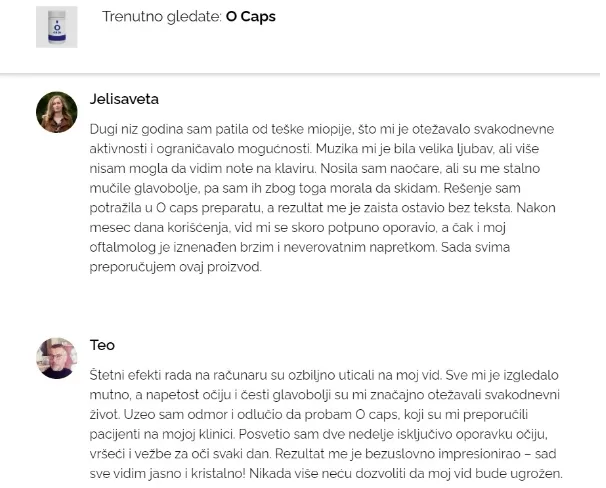
Conclusion
In this article, we looked at just some of the ways to increase the effectiveness of an advertising (ad) campaign. The use of template, clichéd techniques in advertising no longer works. Seeing another ad with the message “Buy, buy!”, the user is likely to skip it, deciding that they are trying to sell him something weird and useless. Native creatives look like value-added content and stand out from competitors. We wish you successful native campaigns!

by Editor
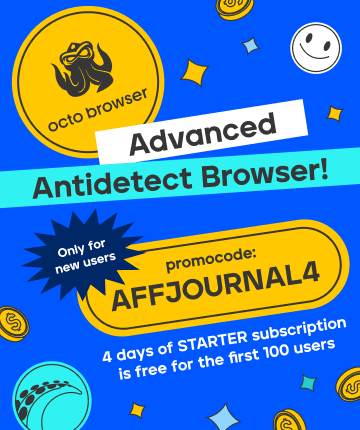
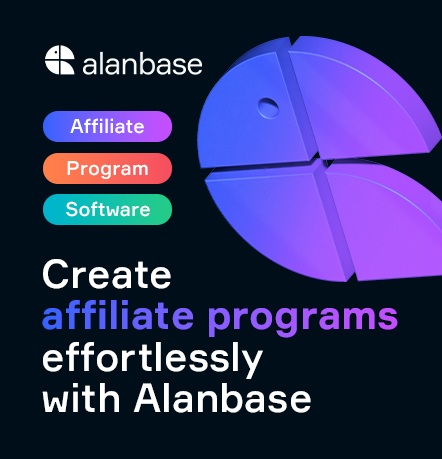
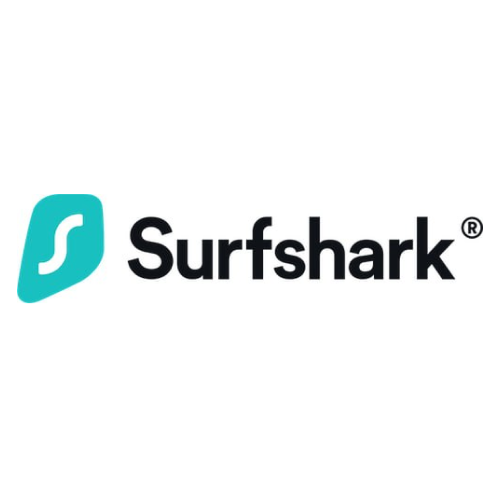
comments ....(0)
Leave a comment
You must be in to leave a comment